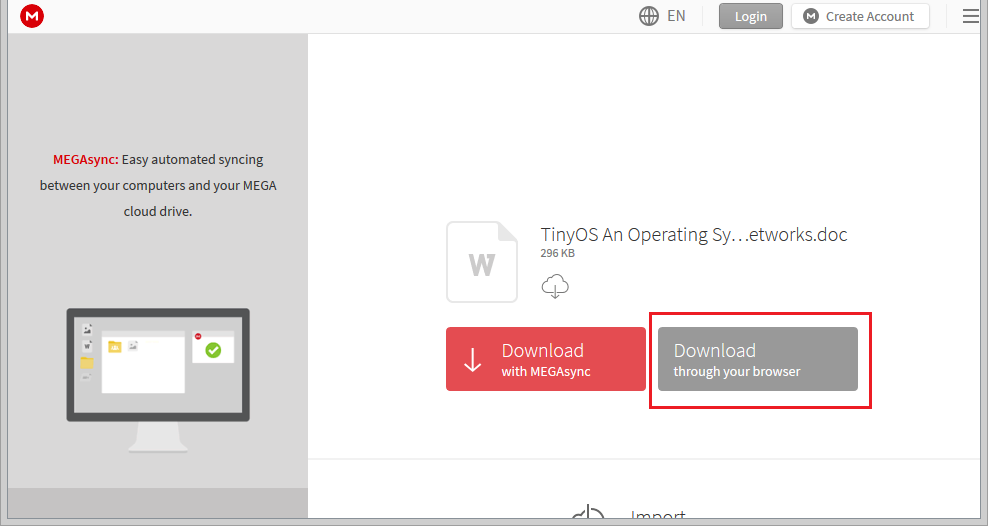Download Link Down Below!
Table of Content
- INTRODUCTION OF THE NOSQL DATABASE MANAGEMENT SYSTEM
- What is NoSQL?
- Types of NoSQL Databases
- Why NoSQL?
- The Growth of Big Data
- Continuous Data Availability
- Real Location Independence
- Modern Transactional Capabilities
- Flexible Data Models
- Better Architecture
- Analytics and Business Intelligence
- NoSQL vs Relational DBMS
- Advantages
- Disadvantages
- DATA MODELLING CONCEPTS (WITH EXAMPLES)
- HOW MONGODB STORE AND MANAGE DATA
- FEATURES AND CAPABILITIES OF MONGODB IN ENSURING DATABASE SECURITY INTEGRITY AND PERFORMANCE
- Integrity
- Atomicity in MongoDB
- Write Durability
- Security
- Authentication
- Authorization
- Encryption
- Auditing
- Governance
- Performance
- Indexing
- Query Optimization
- Working Sets
- Dynamic Data Balancing
- STRENGTHS AND WEAKNESSES OF MONGODB
- Strengths
- Easy to scale out
- Flexible document data model
- Replication and high availability
- Better performance when used correctly
- Rich query capabilities
- Weaknesses
- Not recommended for relational data
- No internal transaction support
- MONGODB REAL WORLD APPLICATIONS
- SPECIFICATION REQUIREMENTS OF MONGODB
- Conclusion
- References
- INTRODUCTION OF THE NOSQL DATABASE MANAGEMENT SYSTEM
- What is NoSQL?
- Types of NoSQL Databases
- Why NoSQL?
- The Growth of Big Data
- Continuous Data Availability
- Real Location Independence
- Modern Transactional Capabilities
- Flexible Data Models
- Better Architecture
- Analytics and Business Intelligence
- NoSQL vs Relational DBMS
- Advantages
- Disadvantages
- DATA MODELLING CONCEPTS (WITH EXAMPLES)
- HOW MONGODB STORE AND MANAGE DATA
- FEATURES AND CAPABILITIES OF MONGODB IN ENSURING DATABASE SECURITY INTEGRITY AND PERFORMANCE
- Integrity
- Atomicity in MongoDB
- Write Durability
- Security
- Authentication
- Authorization
- Encryption
- Auditing
- Governance
- Performance
- Indexing
- Query Optimization
- Working Sets
- Dynamic Data Balancing
- STRENGTHS AND WEAKNESSES OF MONGODB
- Strengths
- Easy to scale out
- Flexible document data model
- Replication and high availability
- Better performance when used correctly
- Rich query capabilities
- Weaknesses
- Not recommended for relational data
- No internal transaction support
- MONGODB REAL WORLD APPLICATIONS
- SPECIFICATION REQUIREMENTS OF MONGODB
- Conclusion
- References
Preview
Introduction
A NoSQL database environment is, simply put, a non-relational and largely distributed database system that enables rapid, ad-hoc organization and analysis of extremely high-volume, disparate data types. NoSQL databases are sometimes referred to as cloud databases, non-relational databases, Big Databases and a myriad of other terms and were developed in response to the sheer volume of data being generated, stored and analyzed by modern users (user-generated data) and their applications (machine-generated data). In general, NoSQL databases have become the first alternative to relational databases, with scalability, availability, and fault tolerance being key deciding factors. They go well beyond the more widely understood legacy, relational databases (such as Oracle, SQL Server and DB2 databases) in satisfying the needs of today’s modern business applications. A very flexible and schema-less data model, horizontal scalability, distributed architectures, and the use of languages and interfaces that are “not only” SQL typically characterize this technology. From a business standpoint, considering a NoSQL or ‘Big Data’ environment has been shown to provide a clear competitive advantage in numerous industries. In the ‘age of data’, this is compelling information as a great saying about the importance of data is summed up with the following “if your data isn’t growing then neither is your business”.
Donwload Link:
How To Download:
Please disable any Ad Block software beforehand or this may not work properly. We know you hate ads but it helps us maintain our blog and provide better content in the future.
1. Please wait for 5 seconds.
2. Click on "Skip Ad".
3. Click on "Download through your browser".
A NoSQL database environment is, simply put, a non-relational and largely distributed database system that enables rapid, ad-hoc organization and analysis of extremely high-volume, disparate data types. NoSQL databases are sometimes referred to as cloud databases, non-relational databases, Big Databases and a myriad of other terms and were developed in response to the sheer volume of data being generated, stored and analyzed by modern users (user-generated data) and their applications (machine-generated data). In general, NoSQL databases have become the first alternative to relational databases, with scalability, availability, and fault tolerance being key deciding factors. They go well beyond the more widely understood legacy, relational databases (such as Oracle, SQL Server and DB2 databases) in satisfying the needs of today’s modern business applications. A very flexible and schema-less data model, horizontal scalability, distributed architectures, and the use of languages and interfaces that are “not only” SQL typically characterize this technology. From a business standpoint, considering a NoSQL or ‘Big Data’ environment has been shown to provide a clear competitive advantage in numerous industries. In the ‘age of data’, this is compelling information as a great saying about the importance of data is summed up with the following “if your data isn’t growing then neither is your business”.
How To Download:
Please disable any Ad Block software beforehand or this may not work properly. We know you hate ads but it helps us maintain our blog and provide better content in the future.
1. Please wait for 5 seconds.
2. Click on "Skip Ad".
3. Click on "Download through your browser".














